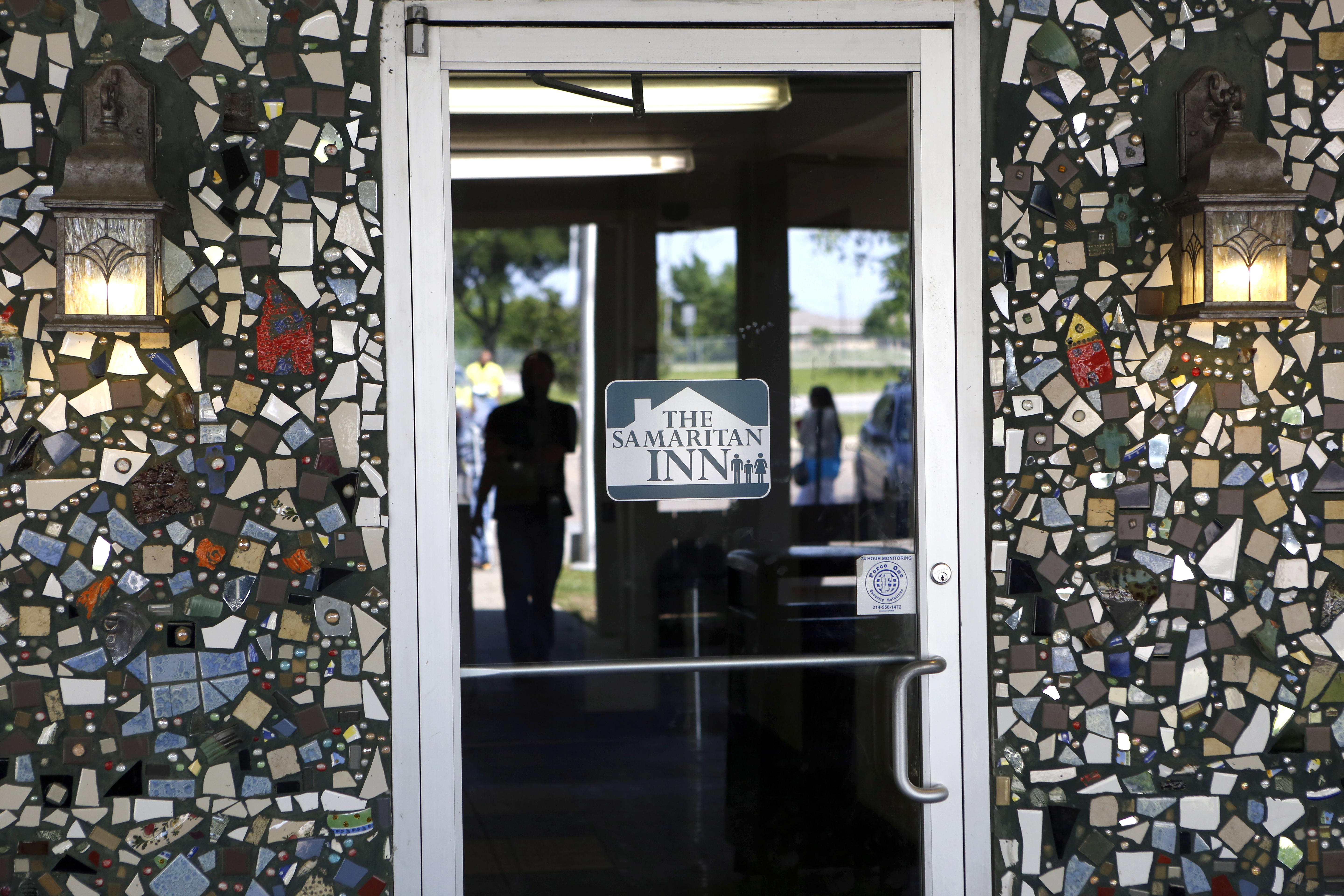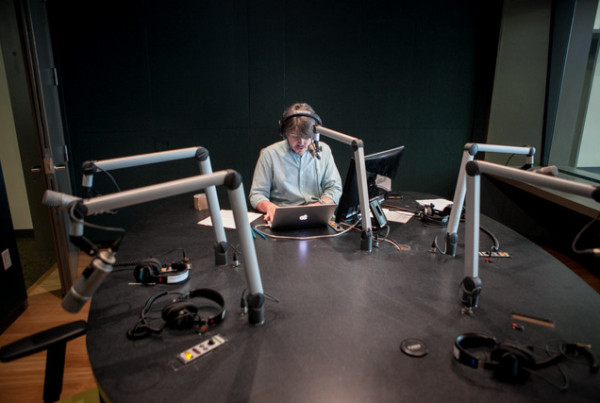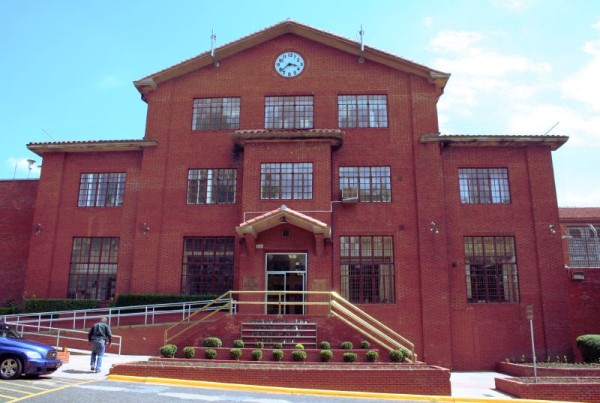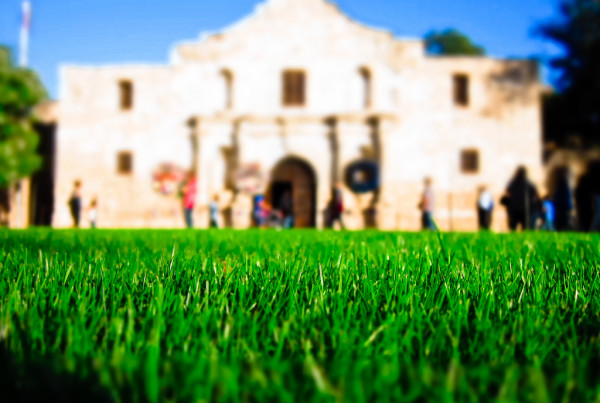This week we are running a KERA News series called “Homeless in High School. You can read the full version of this story here, and read the full series here.
Across Texas, almost every high school has homeless students. They’re often invisible to classmates. Invisible to teachers. They’re even invisible to each other.
They’re teens like Sylvia Torres.
Sylvia, 16, is a junior at McKinney North High School. It’s her fourth high school in three years.
The moment she walked into class, she was behind.
“When I came here from South Dakota, they were ahead of us and I haven’t learned it,” she said. “I started failing. It started frustrating me. And it got to the point where I couldn’t eat no more. I couldn’t sleep.
“I was struggling.”
Sylvia’s family was struggling, too.
In the two years since her freshman year in Rapid City, her financially-strapped family bounced around. They lived in Richardson, McKinney, and back to South Dakota. That’s when they got word that a spot had opened up in The Samaritan Inn, a homeless shelter in McKinney in Collin County. It used to be a minimum security jail.
The Samaritan Inn, founded in 1984, calls itself the largest homeless program in Collin County. Smaller shelters in the county take in homeless kids, but no one focuses on adults and families the way Samaritan does.
“There’s almost 1 million people in Collin County now and there’s still just one homeless shelter with 160 beds. That’s insanity,” says Lynne Sipiora, The Samaritan Inn’s executive director.
She uses the word “insanity” because Collin County, just north of Dallas, is among the wealthiest counties in Texas.
“And that is an obstacle I have to get around everywhere I go,” Sipiora said. “But I have gotten around it because I have the numbers to back up the need: Always full.”
Last year, The Samaritan Inn turned away 3,600 qualified people.
Inside the Samaritan Inn
Today, the Torres family has a small room in the family wing of The Samaritan Inn — bunk beds, lockers and a tiny bathroom.
Down another spoke of a hall are rooms for women. Another wing is for men. The central desk is the hub of the shelter’s design. There’s a cramped computer lab, small kitchen and dining room.
A federal law, the 1987 McKinney-Vento Act, requires all public schools to educate homeless kids. It has nothing to do with the North Texas town — it’s named after two late Congress members.
Barbara James, who runs the Texas Homeless Education Office in Austin, explains who qualifies: “Children that are living in shelters, in motels or hotels, kids that are sleeping on the streets. Kids that are sleeping in places considered unfit for habitation, and the largest category of all, children and youth that are doubled up with family or relatives.”
Kids who are doubled up with family account for up to 70 percent of the state’s homeless kids.
When Sylvia lived with her uncle, she fit that category.
Read the rest of this story here.














